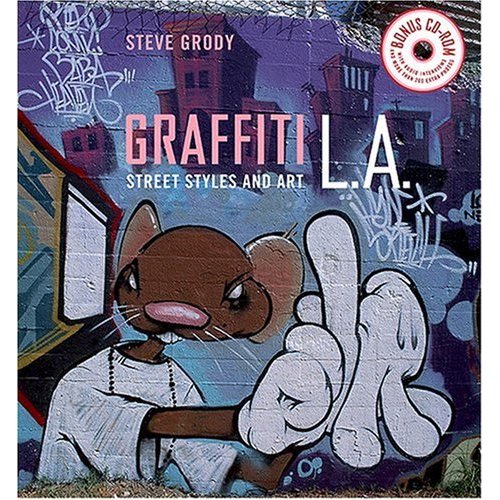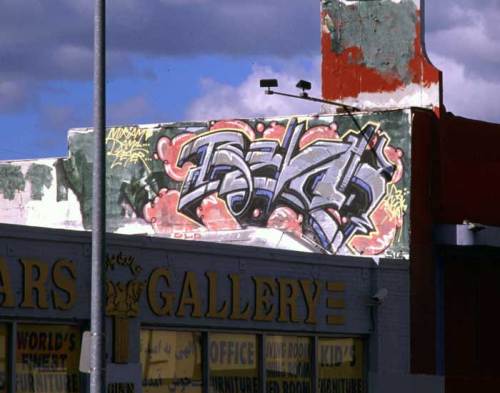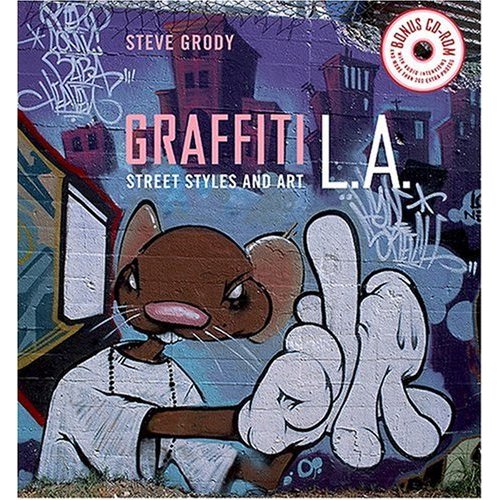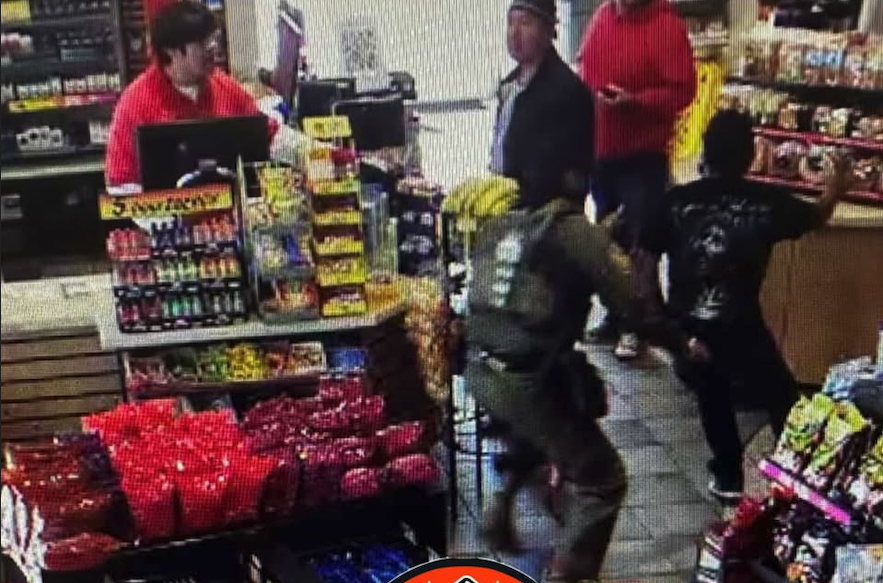
GraffHead interviews Steve Grody, author of Graffiti L.A.: Street Styles and Art.
Why did you decide to write this book?
As I started to buy the few books on graffiti available at that time (early '90s), it seemed to me that there were interesting things about the aesthetics of graffiti that were not being written about, so by the late '90s I sent out proposals to publishers, but nobody was interested at that time. Now there is a glut of books.

K2S STN Production
Given your long-term connection with Graffiti writers, do you think there is a common trait that makes a person drawn to Graffiti?
Well, a rebellious streak is certainly required, determination, and creativity. On the other hand, there is no shortage of veteran writers that wonder if the new generation is just doing it out of faddishness and whether they have the commitment to do anything past a couple of arrests.
Revok
Lately, I have attended galleries featuring the works of graffiti writers. Do you think that graffiti has to be illegal to be graffiti?
Well, really you're talking about two issues here. One is about a definition of graffiti and the other is a whether it's legit to do in a gallery setting. Many writers simply make a distinction; graffiti is the illegal street work, and graffiti art is what you do in a gallery. Opinions vary on whether it's legitimate to do in a gallery setting, but by and large, what's important to writers regarding someone doing graff in galleries is whether they have history, that is, they've been doing illegal risk-taking street work for enough years to be respected.
Mear CBS (Conart) + Circus CBS
For the full interview check out the GraffHead website. (part 1, part 2)







